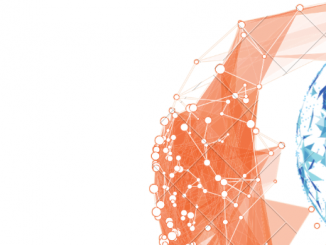
In today’s data-driven landscape, businesses rely on robust analytics and insights to make informed decisions. Two prominent players in this arena are Snowflake and Microsoft Fabric. Let’s delve into their features, architecture, and use cases to understand how they empower organizations.
Snowflake: The Cloud Data Platform
1. Architecture and Capabilities
- Cloud-Native: Snowflake is a fully managed cloud data platform designed for scalability and performance.
- Data Warehousing: It offers a multi-cluster, shared data architecture that separates compute and storage.
- Data Lakes: Snowflake integrates seamlessly with data lakes, enabling unified analytics across structured and semi-structured data.
- Zero Management Overhead: Snowflake handles infrastructure, scaling, and maintenance, allowing users to focus on analytics.
2. Use Cases
- Data Warehousing: Snowflake excels in complex queries, ad hoc analysis, and reporting.
- Data Sharing: Organizations can securely share data with partners and customers.
- Advanced Analytics: Snowflake supports machine learning and AI workloads.
- Financial Services: It’s widely used in financial institutions for risk modeling and fraud detection.
Microsoft Fabric: A Unified Analytics Solution
1. What Is Microsoft Fabric?
- Lake-Centric Approach: Fabric provides a single source of truth by hosting all analytics experiences on a lake-centric SaaS solution.
- Data Management: It unifies data management, analytics, and reporting in one platform.
- Near-Real-Time Replication: Fabric’s Mirroring feature ensures up-to-date data availability for reporting and decision-making.
2. Key Benefits
- Zero Compute and Storage Costs: Fabric’s mirroring feature reduces total cost of ownership.
- Zero Code, Zero ETL: Set up mirroring effortlessly without complex configurations.
- Faster Insights: Fabric accelerates time to operational data, enabling quicker insights.
Comparing Snowflake and Microsoft Fabric
- Architecture: Snowflake’s cloud-native architecture vs. Fabric’s lake-centric approach.
- Governance: Fabric provides a unified governance model.
- Use Cases: Snowflake for data warehousing, while Fabric offers near-real-time replication.
Both Snowflake and Microsoft Fabric are powerhouses in the data and analytics space. Choose based on your organization’s specific needs, and unlock the true potential of your data.


